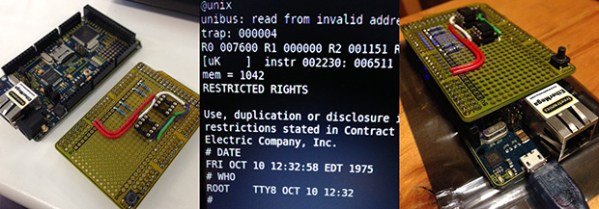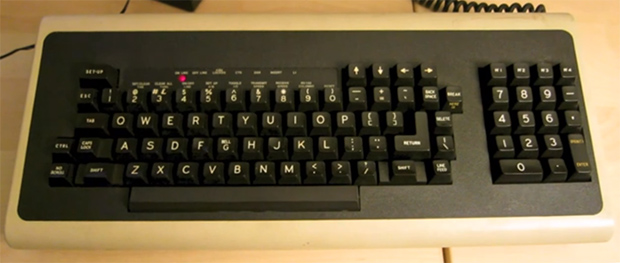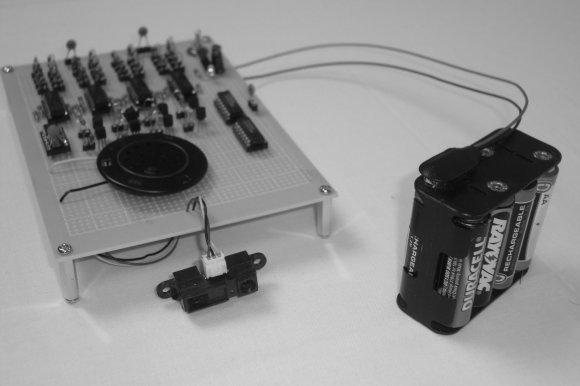Fab Labs have developed hand-in-hand with the all-too-familiar hackerspaces that we see today. If you’re curious to discover more about their past and future, [Prof Gershenfeld], founder of the Fab Lab, and director of MIT’s Center for Bits and Atoms brings us a fresh perspective on both these fab labs and the digital world we live in.
In a casual one-hour chat on Edge, [Prof Gershenfeld] dives deeply into the concept of digital in our world. We might consider digital to be a binarized signal, an analog waveform discretized into a 0 and 1 from which all of computer architecture is built upon today. Digital doesn’t just exist in the computing sense, however; it’s a concept that has been applied to communication, computation, and, these days: personal fabrication.
[Prof Gershenfeld’s] talk may highlight coming changes in the future, but changes are already happening today. These days, fab labs and hackerspaces serve their communities in a very special way. They take “experts-of-the-field” away from universities and isolated labs, and they scatter them all over the world. With this shift, anyone can walk through their doors and build a solid foundation in fields like embedded programming and computer aided manufacturing by striking a conversation with these local experts. In a nutshell, both spaces found a culture for development of expertise far more accessible to the world community than their university counterparts.
If you can spare the hour, put on some headphones, tune in, and resume your CAD work, PCB layout, or that Arduino library. You may discover that your work is built on a number of digital principles, and that your contributions push the rest farther along the development chain towards building something awesome.
Finally, if you’re interested in taking notes on building your own fab lab, have a look at the inventory, layout, and guidelines at the CBA website.



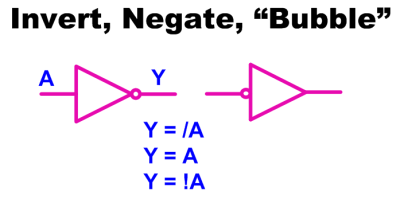 The most simple piece of logic is inversion; making a high change to low or a low change to high. Shown are a couple of ways to write an inversion including the ubiquitous “bubble” that we can apply almost anywhere to imply an inversion or a “True Low”. If it was a one it is now a zero, where it was a low it is now a high, and where it was true it is now untrue.
The most simple piece of logic is inversion; making a high change to low or a low change to high. Shown are a couple of ways to write an inversion including the ubiquitous “bubble” that we can apply almost anywhere to imply an inversion or a “True Low”. If it was a one it is now a zero, where it was a low it is now a high, and where it was true it is now untrue.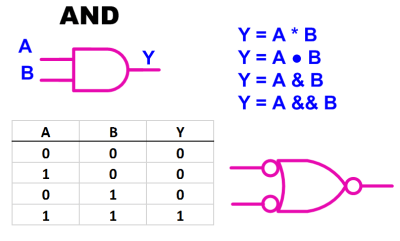 Moving on to the AND gate we see a simple truth table, also known as a Boolean Table, where it describes the function of “A AND B”. This is also our first opportunity to see the application of an alternate symbol. In this case a “low OR a low yields a low”
Moving on to the AND gate we see a simple truth table, also known as a Boolean Table, where it describes the function of “A AND B”. This is also our first opportunity to see the application of an alternate symbol. In this case a “low OR a low yields a low”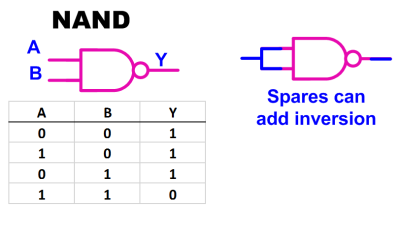 Most if not all of the standard logic blocks come in an inverted form also such as the NAND gate shown here. The ability to invert logic functions is so useful in real life that I probably used at least three times the number of NAND gates as regular AND gates when doing medium or larger system design. The useful inversion can occur as spares or in line with the logic.
Most if not all of the standard logic blocks come in an inverted form also such as the NAND gate shown here. The ability to invert logic functions is so useful in real life that I probably used at least three times the number of NAND gates as regular AND gates when doing medium or larger system design. The useful inversion can occur as spares or in line with the logic.
